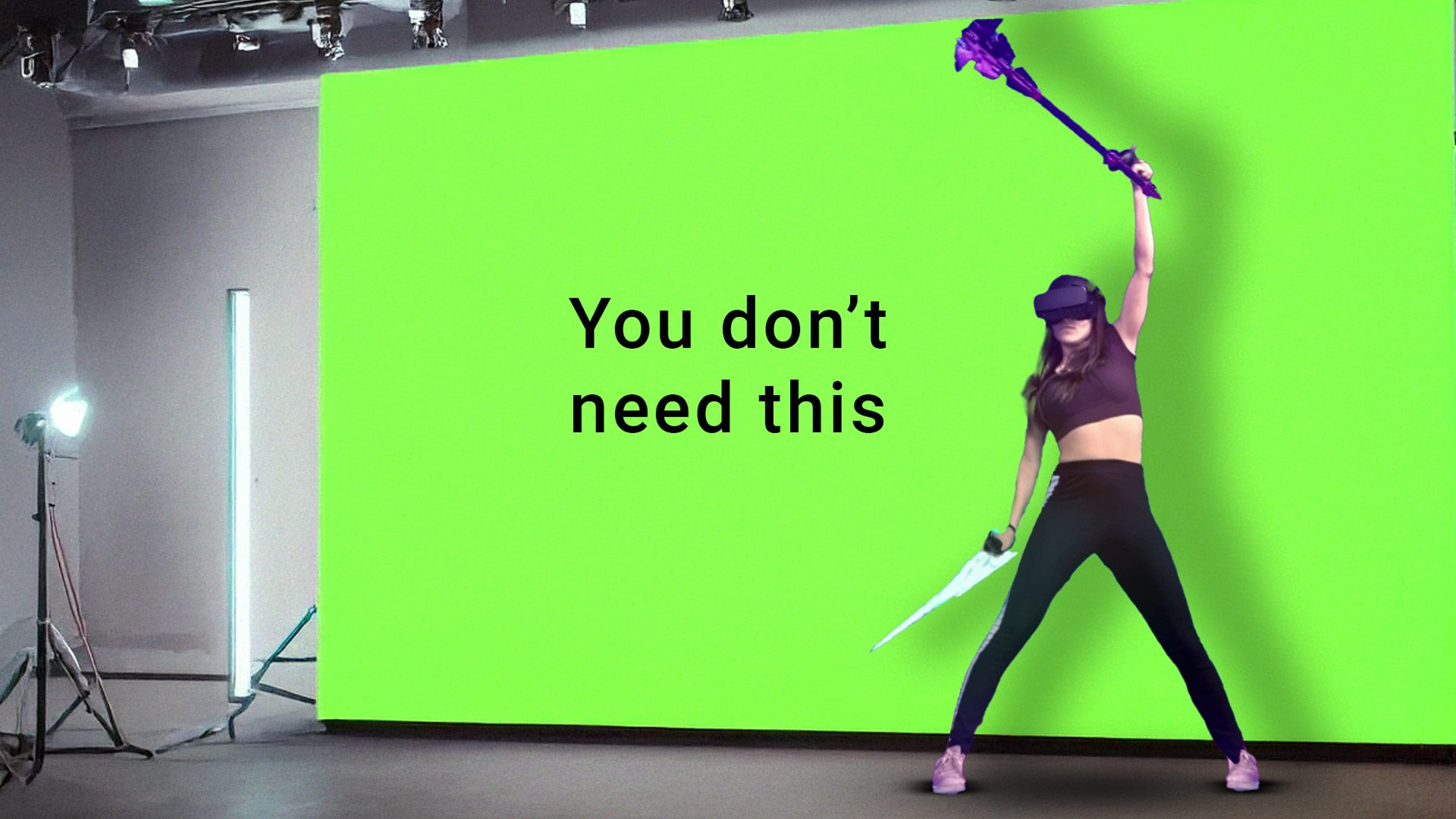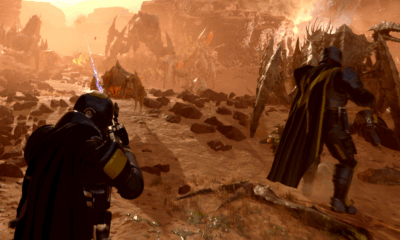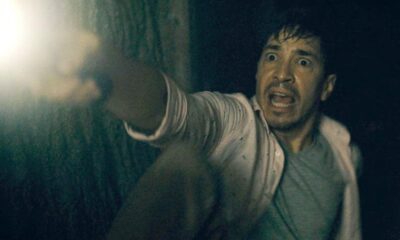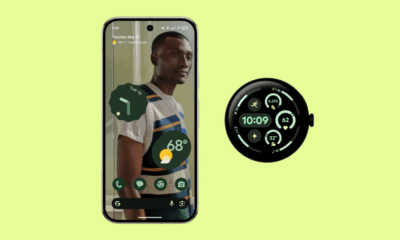Tech News
The Playbook for Making Great VR Trailers Without Mixed Reality Capture – Inside XR Design

Welcome to our series Inside XR Design where we explore the best of immersive design. Today, we’re diving into the world of creating incredible VR trailers using only in-game footage. No complex setups or compositing, just smart planning and a proven playbook. Stick around until the end for a checklist of key technical considerations to make your trailer shine, along with a prime example that showcases everything we’re about to discuss.
You can watch the full video below or keep reading for a text version.
Let’s start by emphasizing the importance of trailers in selling your game.
Here’s the truth: your trailer sells your game, not the game itself.
You could have an amazing game, but if you can’t effectively showcase why people should play it, many potential players will never give it a chance. It’s crucial to understand that marketing is an integral part of game development, not an afterthought. Spending time on creating a captivating trailer is just as essential as developing the game itself.
So, how can you create a trailer that grabs attention without the need for complex mixed reality setups? Let’s break it down into three easy lessons.
The Hook
One of the most critical aspects of crafting a compelling trailer is establishing the hook. The hook is the unique aspect of your game that sets it apart and makes people say, “I want to experience that.”
It could be innovative combat, a distinct art style, a creative weapon, or a unique game mechanic. The hook is what defines your game and makes it stand out from others in the same genre. Identifying and showcasing the hook is essential for attracting players.
Remember, for your trailer to have a hook, your game must have a hook. Before creating a trailer, ensure that you clearly understand and highlight what makes your game special.
Let’s look at an example to see the hook in action. Take a look at the trailer for Hellsweeper VR (2023) by Mixed Realms. Can you identify the hook?
The hook in this trailer is the unique combat style. Within the first few seconds, viewers are captivated by the distinctive VR combat showcased in the game. The trailer effectively communicates why players should be interested in trying out the game.
Show, Don’t Tell
Another key point is to show, not tell. Great trailers demonstrate the highlights of a game through visuals rather than verbal explanations. In VR, showing the fun and excitement is crucial to convincing players to engage with the game.
Boneworks (2019) by Stress Level Zero exemplifies this concept by letting the gameplay speak for itself. Let the gameplay footage speak for itself. Here’s an example of how it’s done:
The trailer for Boneworks effectively showcases unique gameplay moments to give viewers a taste of the experience they can expect from the game.
Story Structure
Lastly, telling a story through your trailer is essential. This doesn’t mean explaining the game’s narrative but rather showing viewers what they will do and how they will feel while playing the game. Your trailer should convey the experience players can expect.
Instead of randomly compiling gameplay footage, plan ahead to select the most impactful moments that highlight the essence of your game. Arrange these moments in a narrative arc, including an introduction, rising action, and climax to leave a lasting impression on the audience.
Developer Respawn Entertainment masterfully executes this storytelling approach in the trailer for Medal of Honor: Above and Beyond (2020). Watch how intentional moments are crafted to convey the player experience throughout the game.
Continue on Page 2: Technical Checklist & Final Example »
Please provide an alternative version.
-

 Destination8 months ago
Destination8 months agoSingapore Airlines CEO set to join board of Air India, BA News, BA
-

 Breaking News9 months ago
Breaking News9 months agoCroatia to reintroduce compulsory military draft as regional tensions soar
-

 Tech News11 months ago
Tech News11 months agoBangladeshi police agents accused of selling citizens’ personal information on Telegram
-

 Gadgets3 months ago
Gadgets3 months agoSupernatural Season 16 Revival News, Cast, Plot and Release Date
-

 Productivity11 months ago
Productivity11 months agoHow Your Contact Center Can Become A Customer Engagement Center
-

 Breaking News9 months ago
Breaking News9 months agoBangladesh crisis: Refaat Ahmed sworn in as Bangladesh’s new chief justice
-

 Toys11 months ago
Toys11 months ago15 of the Best Trike & Tricycles Mums Recommend
-

 Gadgets1 week ago
Gadgets1 week agoFallout Season 2 Potential Release Date, Cast, Plot and News























